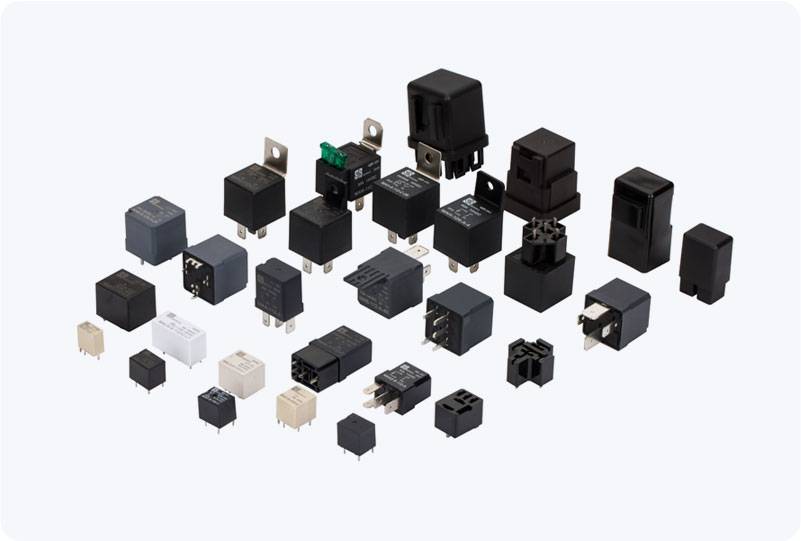hydrogen gas arc extinguishing relay: enhancing electrical system safety and reliability
Release time:2025-06-25 09:55:30
In modern electrical power systems, ensuring the safe and efficient operation of high-voltage equipment is paramount. One of the most significant threats to these systems is the occurrence of electrical arcs, which can cause severe damage to equipment and pose safety risks. To address this issue, advanced technologies like the Hydrogen Gas Arc Extinguishing Relay have been developed to mitigate the dangers associated with electrical arcs. This article delves into the working principle, advantages, applications, and importance of the Hydrogen Gas Arc Extinguishing Relay in modern electrical systems.

The Working Principle of Hydrogen Gas Arc Extinguishing Relay
A Hydrogen Gas Arc Extinguishing Relay is a critical component in high-voltage circuit breakers and other electrical protection devices. Its primary function is to extinguish electrical arcs that occur during the opening and closing of switches, breakers, or disconnectors in power systems.
Electrical arcs are formed when the contacts of electrical switches open under load, creating a conductive path for current to continue flowing even after the physical connection is broken. These arcs can persist for a significant period, generating high temperatures and causing damage to the surrounding components. The Hydrogen Gas Arc Extinguishing Relay uses hydrogen gas as an arc-quenching medium to rapidly cool down the arc and extinguish it.

